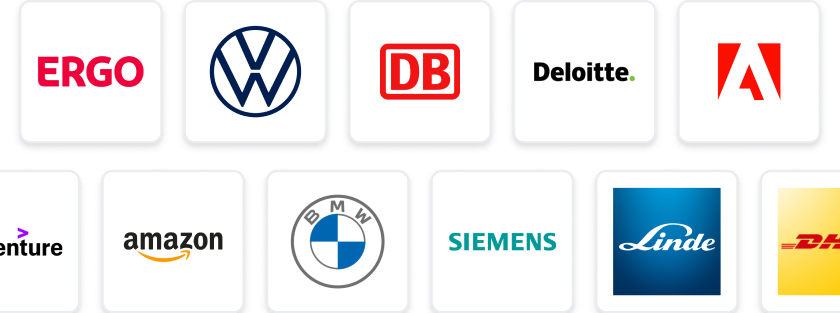At a Glance
- Tasks: Conduct stress analysis and advise on structural engineering activities.
- Company: Join a leading engineering firm working on innovative projects across the UK.
- Benefits: Enjoy hybrid working, competitive pay, and opportunities for professional growth.
- Why this job: Be part of a dynamic team making a real impact in engineering and design.
- Qualifications: Experience in stress analysis, finite element techniques, and relevant engineering software required.
- Other info: Contract role with potential for extension; flexible working arrangements available.
Contract up until end of the year (initially). Up to £55.56 per hour umbrella (Inside IR35). Hybrid working (circa 1 day a week on site with a need to be flexible where required).
The successful candidate will be responsible for conducting Stress Analysis, communicating the results and advising on all aspects of Structural Engineering activities. The role will involve working with multi-discipline project teams and our Customers across the UK.
What you’ll do as a Principal Stress Engineer:
- Analyse and assess mechanical designs for strength, durability, performance and safety against regulatory and customer requirements using finite element techniques and classical hand calculations.
- Generate Finite Element Models and reports as per company requirements.
- Support the selection of manufacturing technologies and materials based on a sound understanding of material physical and mechanical properties and the mechanical fit, form and function of the product.
- Conduct structural and thermo-structural analyses of complex Products using Siemens NX.
- Advise/support on the development of mechanical structural designs to achieve the desired Product Requirements.
- Ensure compliance with all relevant legislative, regulatory and contractual requirements (based on recognised military/civil standards).
- Point of contact for assigned projects, advising on all aspects of stress and structural dynamics throughout the product lifecycle.
Key Attributes:
Essential:
- Application of a wide range of classical hand calculation techniques for static and dynamic loading conditions and fatigue assessment (Land, Naval or Airborne equipment).
- Experience of environmental test methods for design verification and working knowledge of design certification for land based and airborne equipment.
- Proven experience in the use of Finite Element Analysis software tools (preferably Siemens NX/Nastran) and techniques.
Desirable:
- An understanding of the Pressure Equipment Directive 2014/68/EU.
- Experience in the design, analysis and test of electronics packaging and/or aerospace equipment.
- Experience in Thermal Analysis techniques and tool sets (IcePak, Siemens NX).
- Experience of manufacturing and joining techniques, engineering material properties.
Stress Engineer employer: CV-Library
Contact Detail:
CV-Library Recruiting Team
StudySmarter Expert Advice 🤫
We think this is how you could land Stress Engineer
✨Tip Number 1
Network with professionals in the aerospace and structural engineering fields. Attend industry events or join relevant online forums to connect with others who may have insights into the role of a Stress Engineer at companies like us.
✨Tip Number 2
Familiarise yourself with Siemens NX and Nastran if you haven't already. Consider taking online courses or tutorials that focus on these tools, as hands-on experience will be invaluable during interviews and practical assessments.
✨Tip Number 3
Prepare to discuss your previous projects in detail, especially those involving stress analysis and finite element modelling. Be ready to explain your thought process, the challenges you faced, and how you overcame them.
✨Tip Number 4
Stay updated on the latest regulations and standards related to structural engineering, particularly those relevant to military and civil applications. This knowledge will demonstrate your commitment to compliance and safety in your work.
We think you need these skills to ace Stress Engineer
Some tips for your application 🫡
Tailor Your CV: Make sure your CV highlights relevant experience in stress analysis, finite element techniques, and structural engineering. Use specific examples that demonstrate your skills in mechanical design assessment and compliance with regulatory requirements.
Craft a Strong Cover Letter: In your cover letter, express your enthusiasm for the role and the company. Mention your experience with Siemens NX and any relevant projects you've worked on. Be sure to explain how your background aligns with the key attributes listed in the job description.
Highlight Technical Skills: Clearly outline your technical skills related to classical hand calculations, environmental test methods, and Finite Element Analysis software. Provide examples of how you've applied these skills in previous roles or projects.
Proofread Your Application: Before submitting, carefully proofread your application for any spelling or grammatical errors. Ensure that all information is accurate and that your documents are formatted professionally. A polished application reflects your attention to detail.
How to prepare for a job interview at CV-Library
✨Showcase Your Technical Skills
Be prepared to discuss your experience with finite element analysis and classical hand calculations. Highlight specific projects where you successfully applied these techniques, especially in relation to mechanical designs for strength and durability.
✨Understand the Company’s Needs
Research the company’s projects and their approach to structural engineering. Tailor your responses to demonstrate how your skills align with their requirements, particularly in terms of compliance with military and civil standards.
✨Prepare for Scenario-Based Questions
Expect questions that assess your problem-solving abilities in real-world scenarios. Think of examples where you had to advise on stress and structural dynamics, and be ready to explain your thought process and the outcomes.
✨Communicate Clearly and Confidently
As a Principal Stress Engineer, you'll need to communicate complex technical information effectively. Practice explaining your analyses and findings in a clear manner, as this will be crucial when working with multi-discipline teams and customers.
